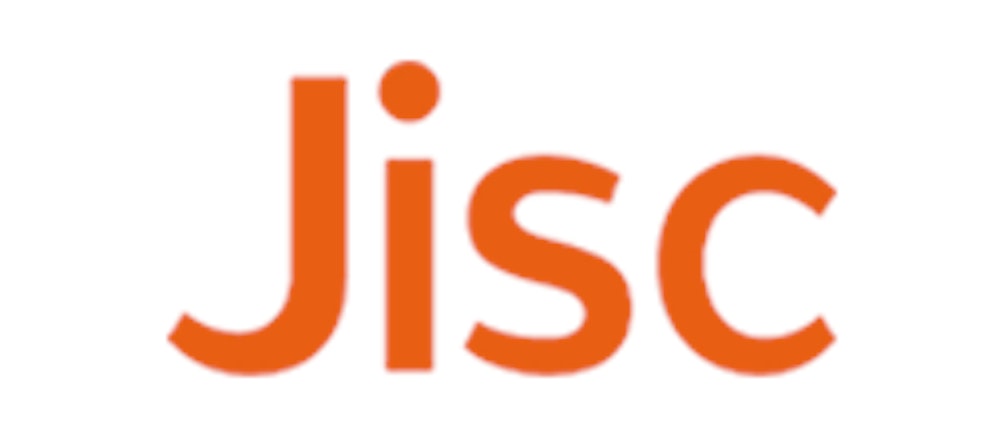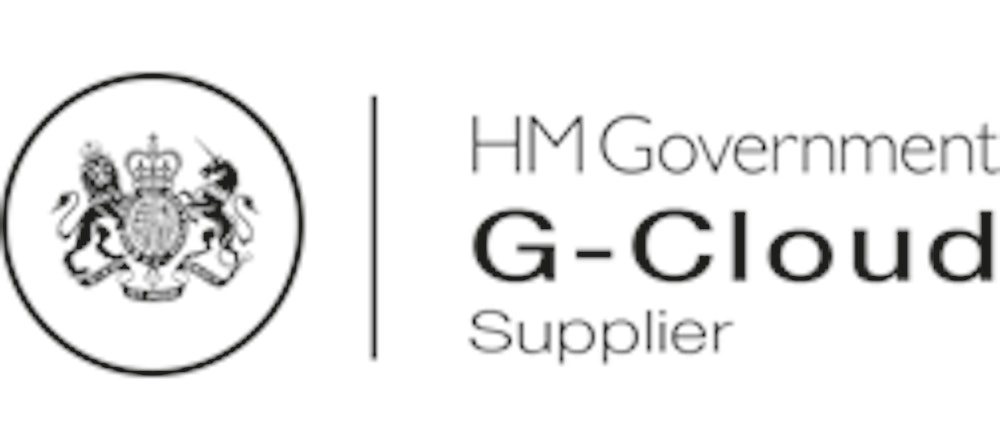University of Kent: Clearing
To support the University of Kent through its high-demand Clearing period, Britannic deployed its advanced NetX SIP Portal, enabling rapid, seamless provisioning of SIP trunks and real-time visibility into call flows and capacity. Designed for resilience and control, the NetX platform empowered the university’s IT and telephony teams to scale their communications instantly, monitor performance in real time, and maintain service quality during one of the busiest times of the academic year.
View case study View all case studies






